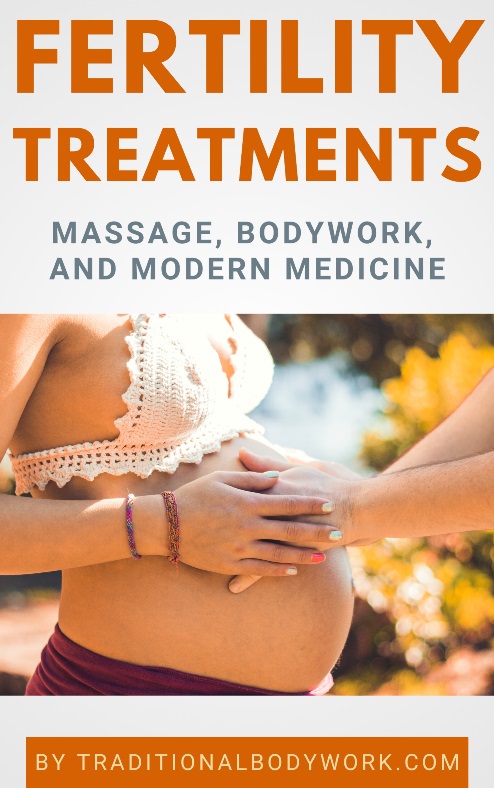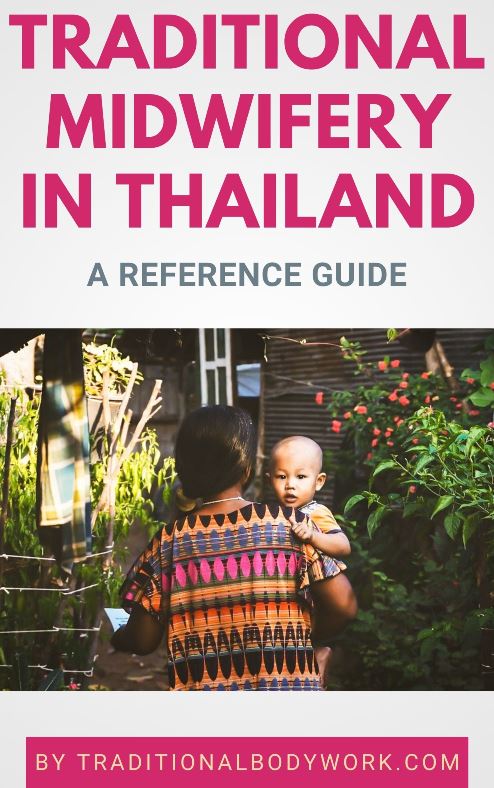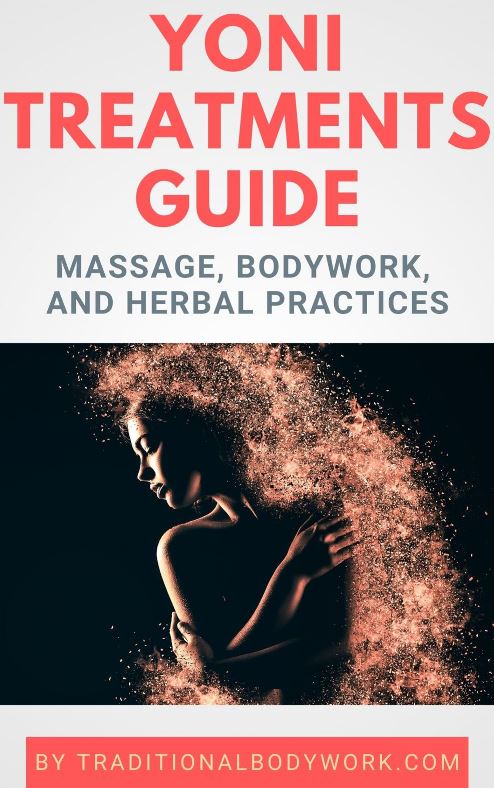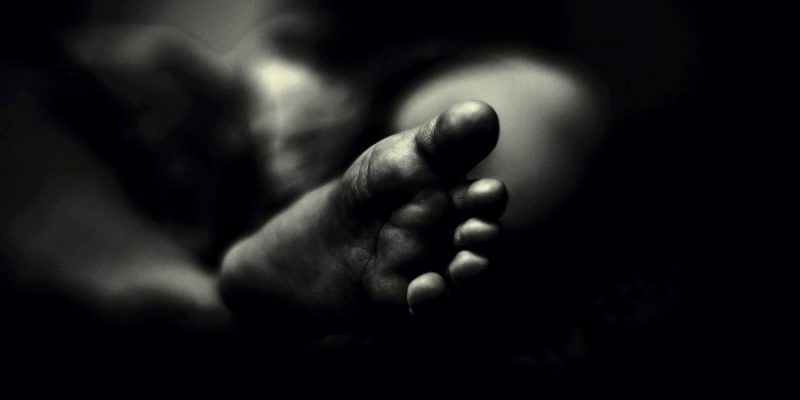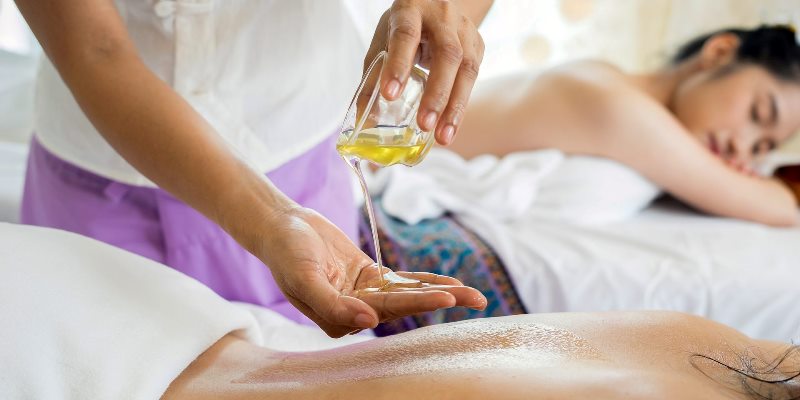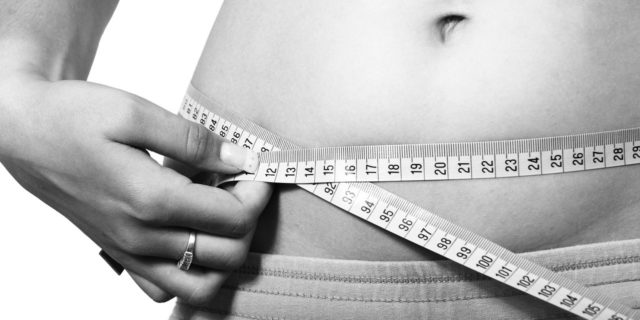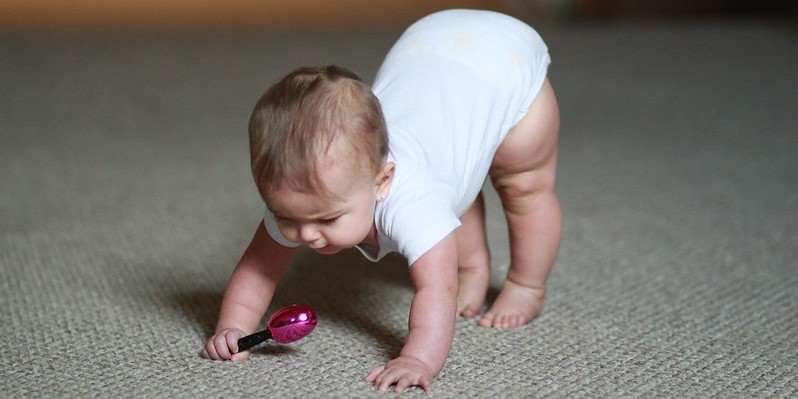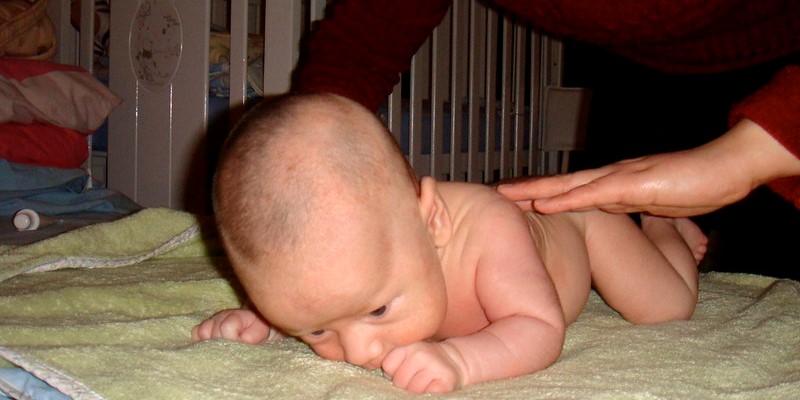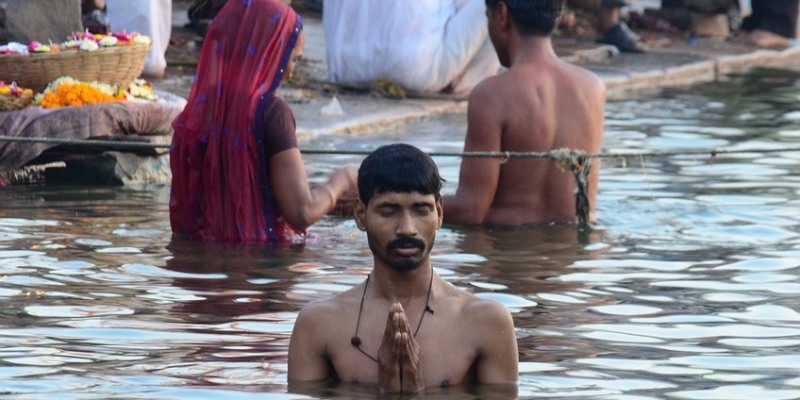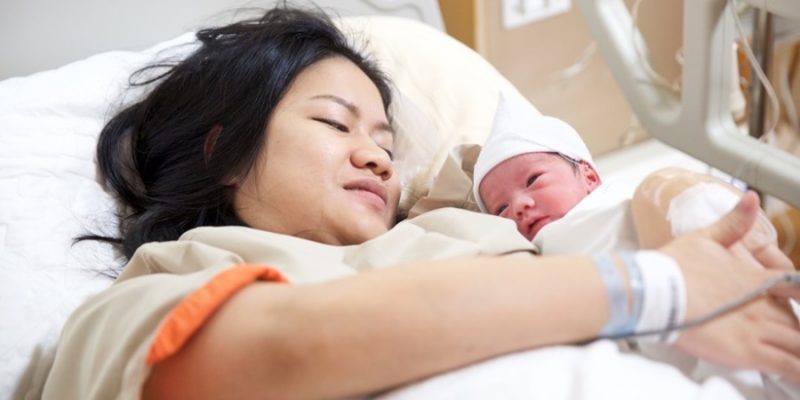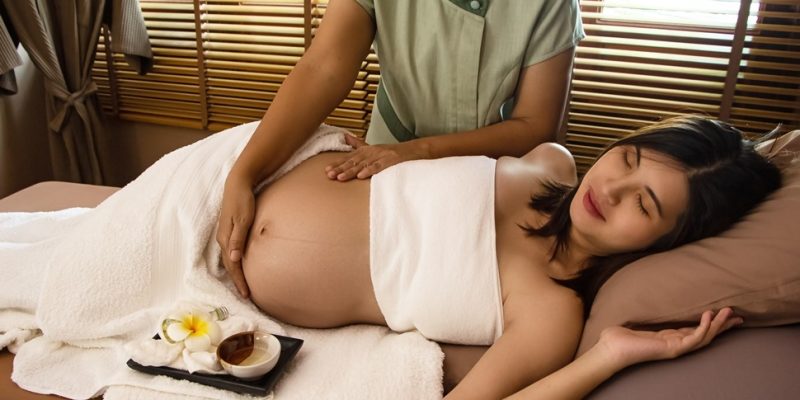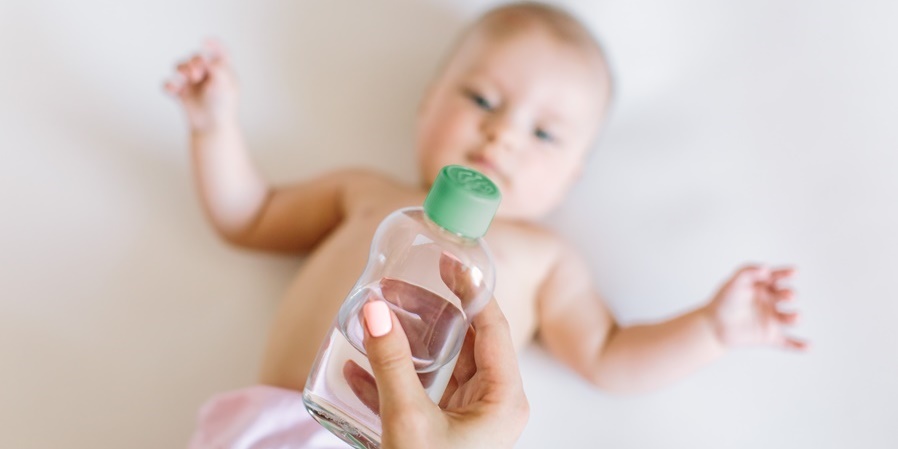
Infant Massage in India is a daily ritual for the baby and an ancient Ayurvedic custom still practiced to this day. The use of oils in Ayurvedic massages is of prime importance, and as such one also sees this custom applied in baby massages.
In India, Baby Massage is usually called Sishu Abhyanga or Navjat Shishu Abhyanga. Navjat means “Newborn,” Shishu means “child,” “kid,” or “infant,” and Abhyanga means “smearing,” “oiling,” or “massage.” Massaging babies starts immediately in the mother’s Sutika Kala time after childbirth, which is the “period after delivery,” or Ayurvedic postnatal period.
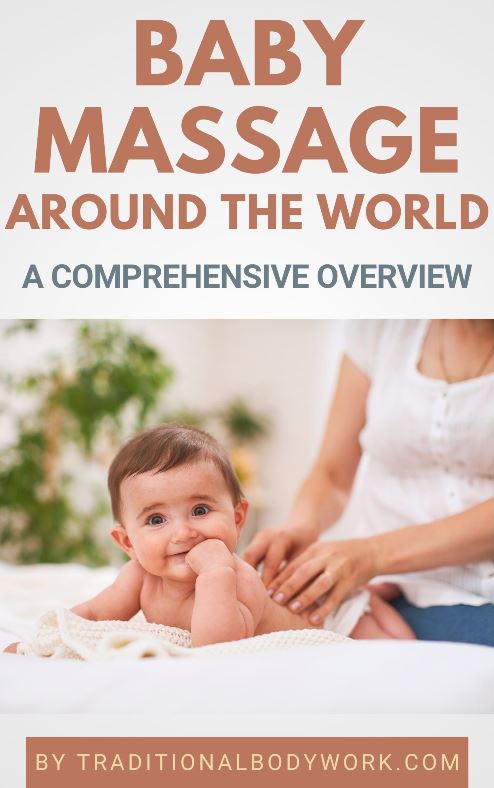
In Abhyanga, one typically applies oils in the massage, but there’s not just one specific massage oil used in India. It’s a large country, with a great variety of local cultures and specific regions, and moreover, oils are used depending on the Dosha-type of the baby, the baby’s needs, the weather and climate, and the local availability of certain oils, among other factors.
Nevertheless, we can give you an indication of the most commonly used massage oils in India, which are: Coconut oil, Sesame oil, Bala oil, Mustard oil, Safflower oil, Sunflower oil, and Castor oil, among some others.
Additionally, the use of clarified butter, called Ghee in India, is also common. Oils may also be mixed with certain herbs, such as garlic, mint, or turmeric, depending on the goal of the massage treatment.
One of the characteristics of Baby Massage for newborns is that the oil massage in the first days is given with a dough ball dipped in oil (sometimes with some herbs added). This is done because the dough ball is very soft and gentle for the baby’s skin, like a cotton ball, and it’s used to initially cleanse the baby, to stimulate the circulatory system, and to expel toxins.
Ayurvedic Baby Massage is a relatively firm full body massage, which includes a lot of strokes, rubbing, circular movements, and also acupressure. Quite some pressure is applied to the legs and head, because it’s believed to better model the head and avoids deformities of the legs.

In many ancient cultures, the baby is first bathed and then massaged, but in India it’s quite common to also do it the other way around, that is, one to two hours before bathing, which gives the (medicated) oils used in the massage session time to do their work in the baby’s body.
Other traditions surrounding Baby Massage are the use of warm herbal compresses and swaddling (wrapping up the baby’s body with a cloth). The first massages of the newborn are traditionally given by a maalishwali (masseuse or massage midwife) or amma (mother or grandmother) who is proficient in baby bathing and massaging.
In India, it’s thought that Baby Massage has physical and emotional benefits for the child, which include reduced stress levels, stronger bones, muscles and tendons, improved bonding between parent and child, better sleep patterns, improved blood circulation, abdominal and intestinal health, and healthy skin and hair.
Baby Massage theoretically continues until the child can do an Abhyanga Self-Massage (the standard oil massage in India), which is then part of the daily Ayurvedic Dinacharya Self-Care practices.

